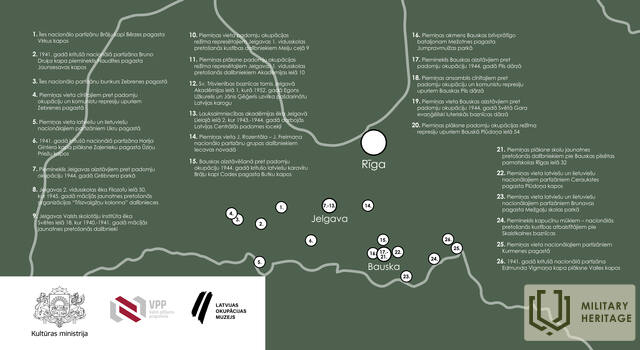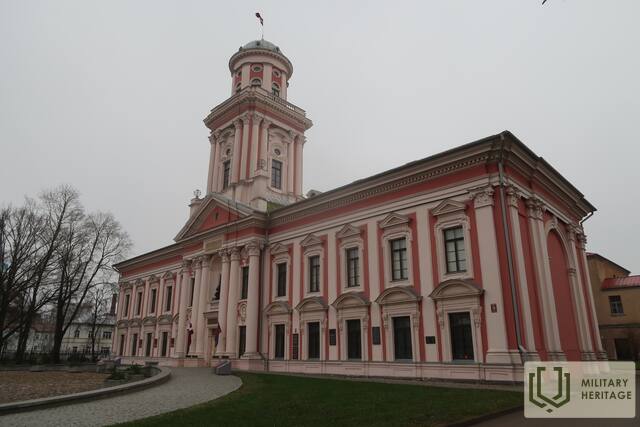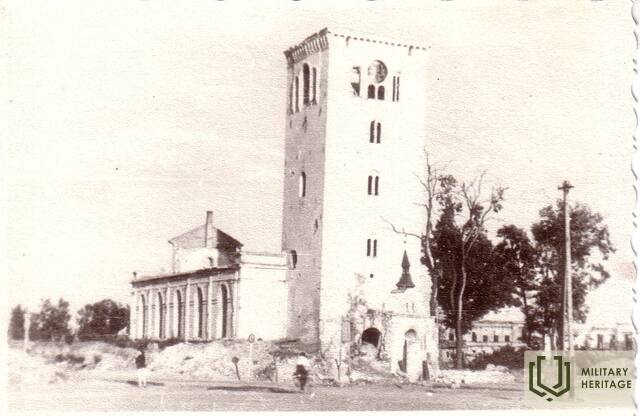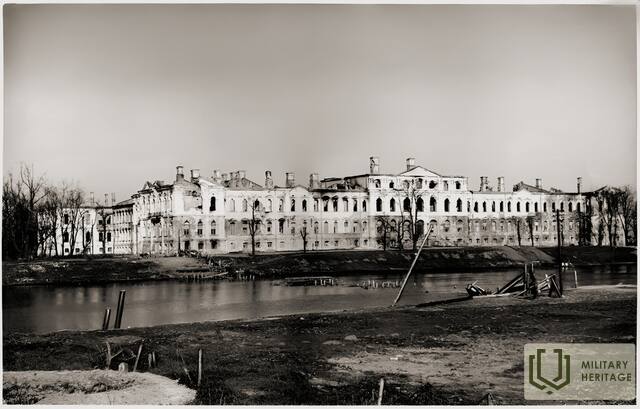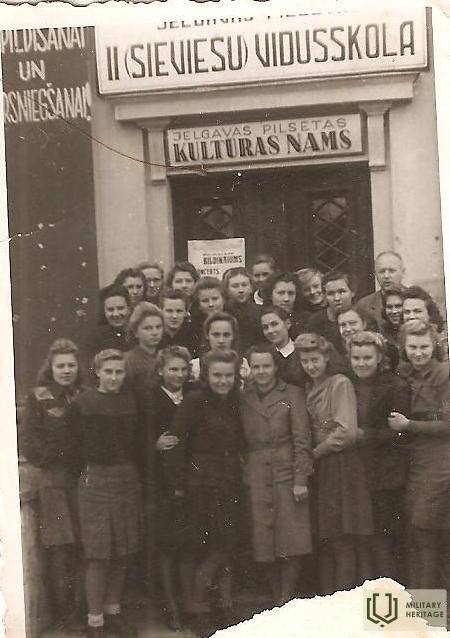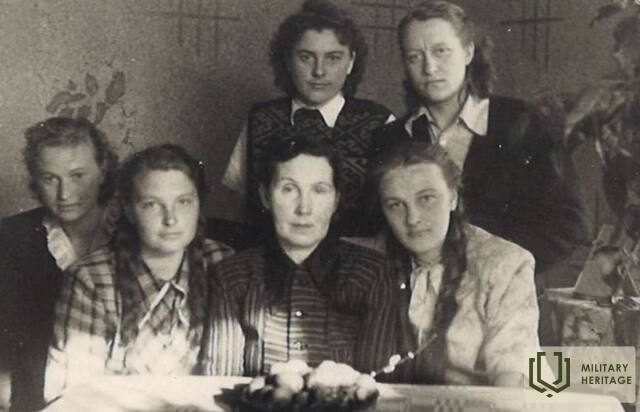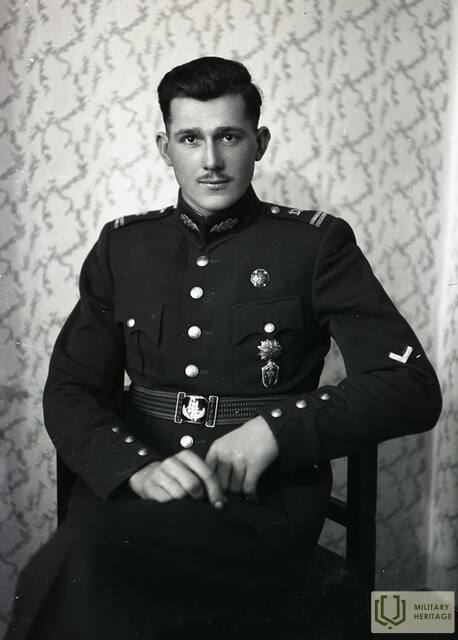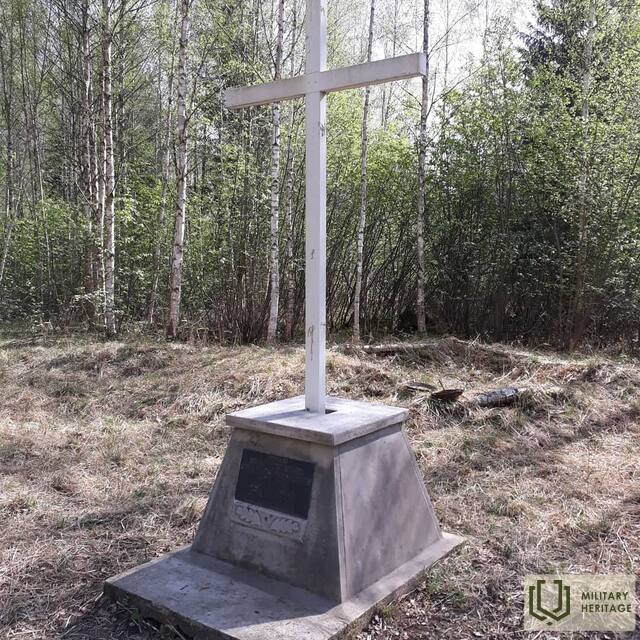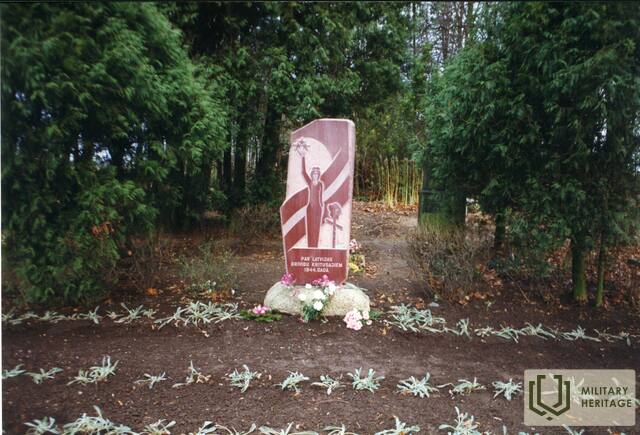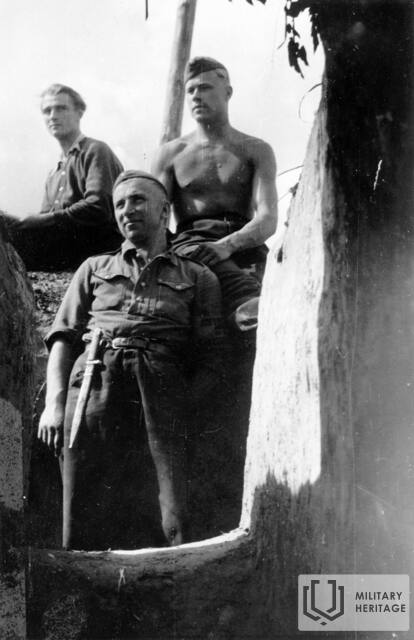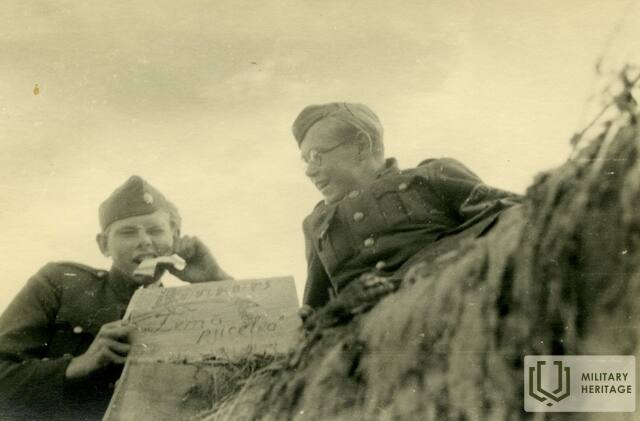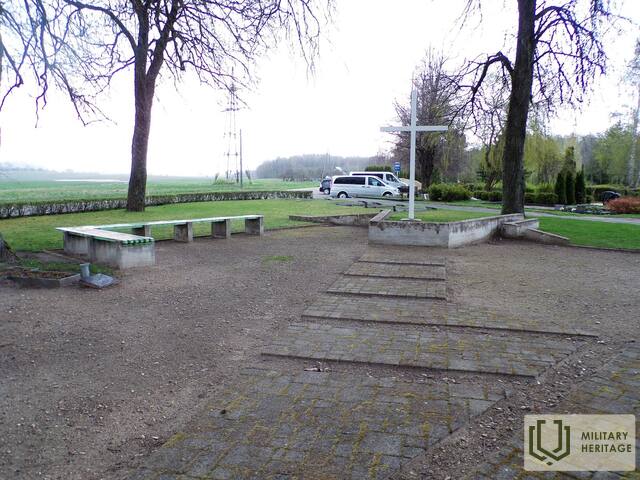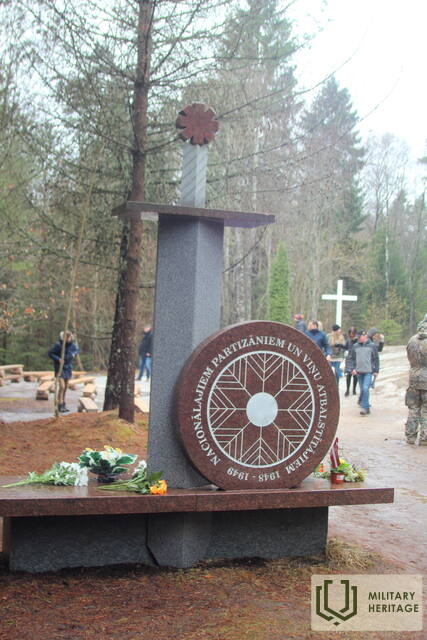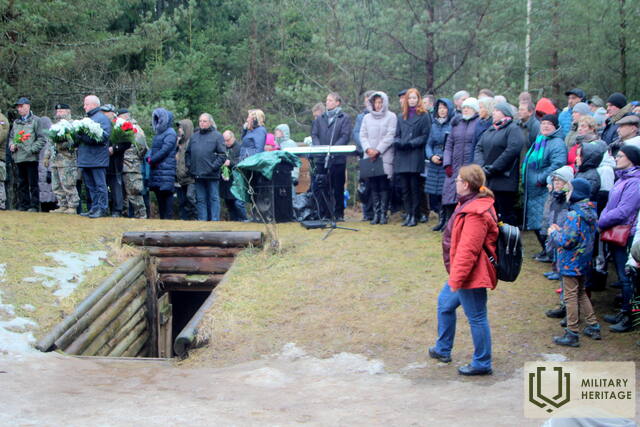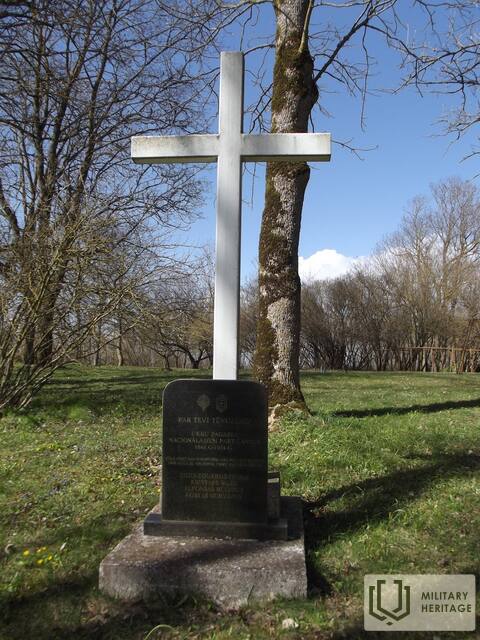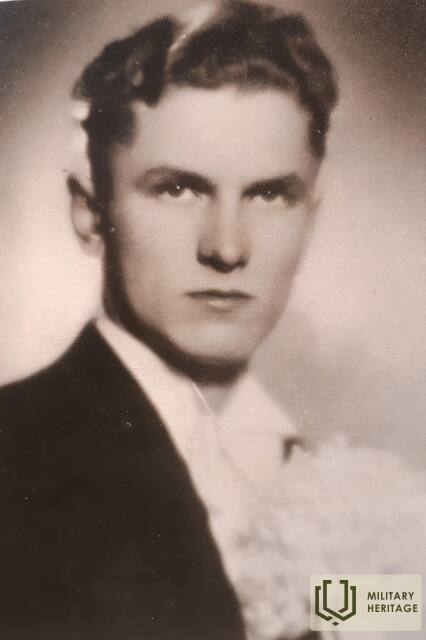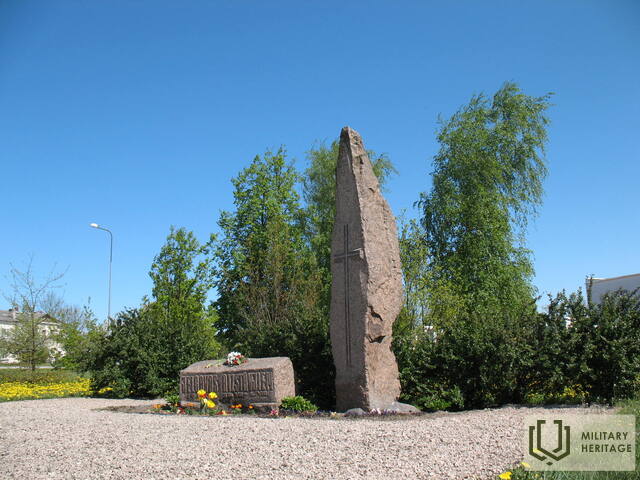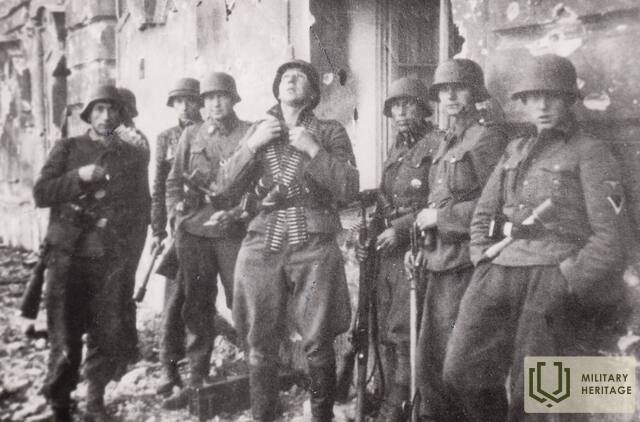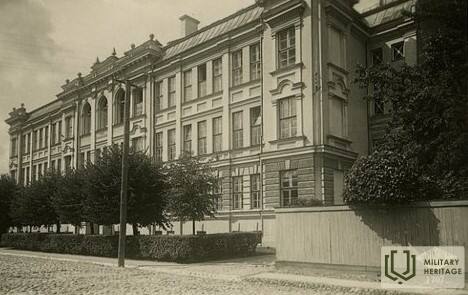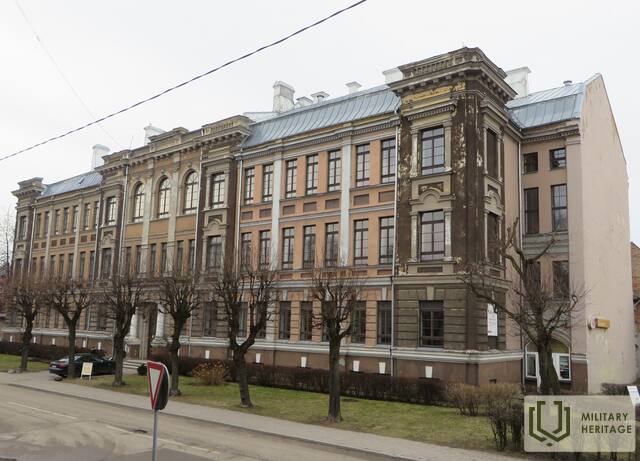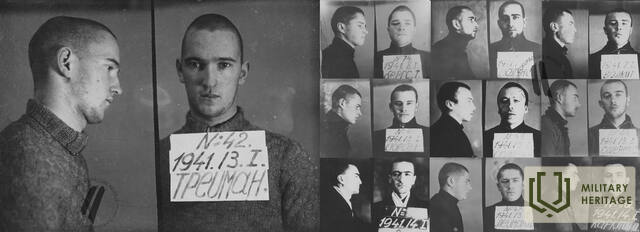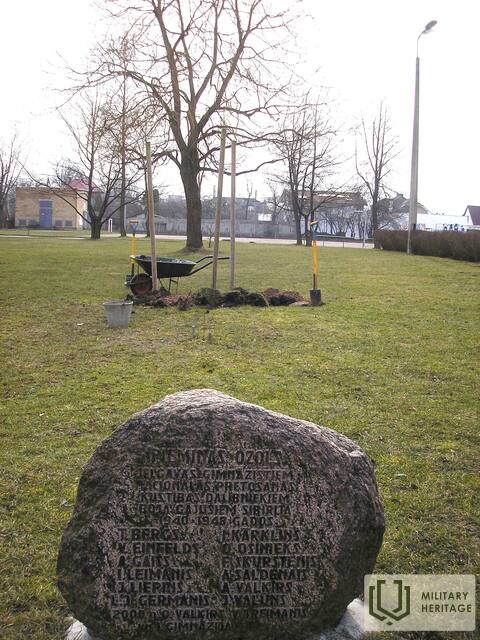Resistance to the Soviet occupation regime in Zemgale
On the route, you will learn about the evidence of the armed and non-violent resistance movement against the Soviet occupation regime in Zemgale , the activities and memorial sites of school youth and national partisans , and get to know the memoirs of resistance movement participants and their supporters.
What the tour includes
The occupation of Latvia on June 17, 1940 and the subsequent Soviet repression and forced Sovietization provoked resistance from the bravest sections of society and also took place in Zemgale .
School youth in Jelgava, Bauska and other places formed illegal resistance organizations and distributed homemade proclamations. At the beginning of the German-USSR war in the summer of 1941, Latvian national partisans were involved in clashes with Soviet armed formations. The Latvian Central Council , secretly established in Riga on August 13, 1943, stood up against both occupying powers for the restoration of the de facto sovereignty of an independent and democratic Republic of Latvia during the Nazi occupation, and its representatives were also active in Jelgava.
After the repeated change of occupation power in 1944-1950, Latvian partisans in many parishes of Zemgale turned their weapons against representatives of the communist regime and local collaborators. The Capuchin monks of Skaistkalne were involved in hiding national partisans and illegalists, and in the post-war years, school youth also carried out various activities against the Soviet occupation power.
The route was prepared in collaboration with the National Research Program project "Archaeology of Independence: New Approaches to the History of National Resistance in Latvia" (No. VPP-LETONIKA-2021/2-0003) and the Latvian Occupation Museum project "Popularization of Evidence-Based Information about Events in Latvian History". The implementation of the event is financially supported by the Ministry of Culture .




